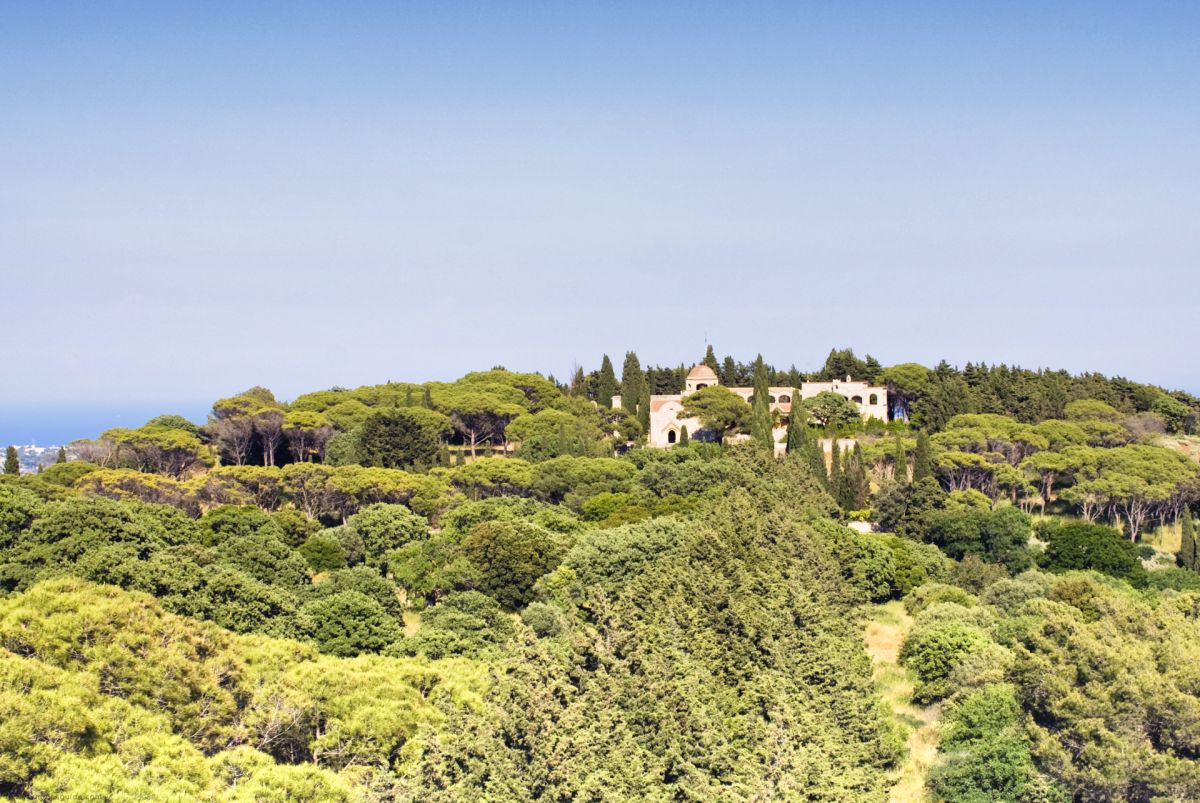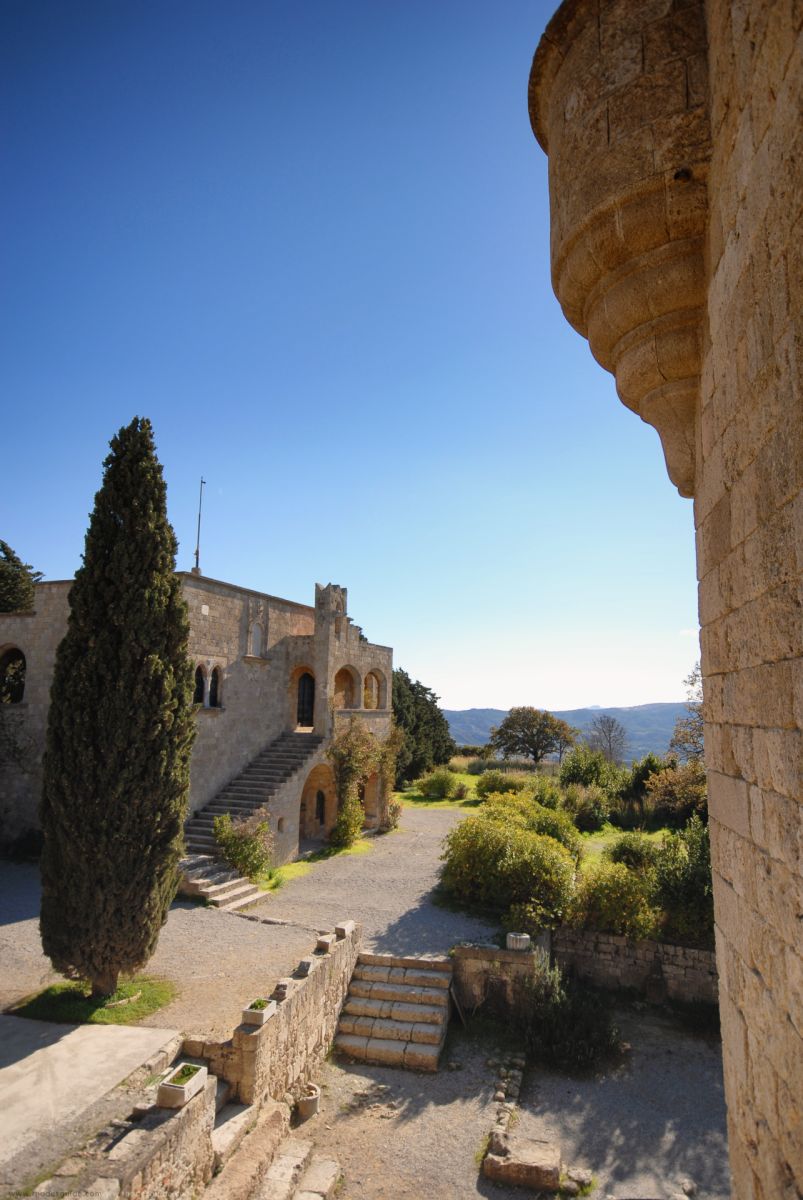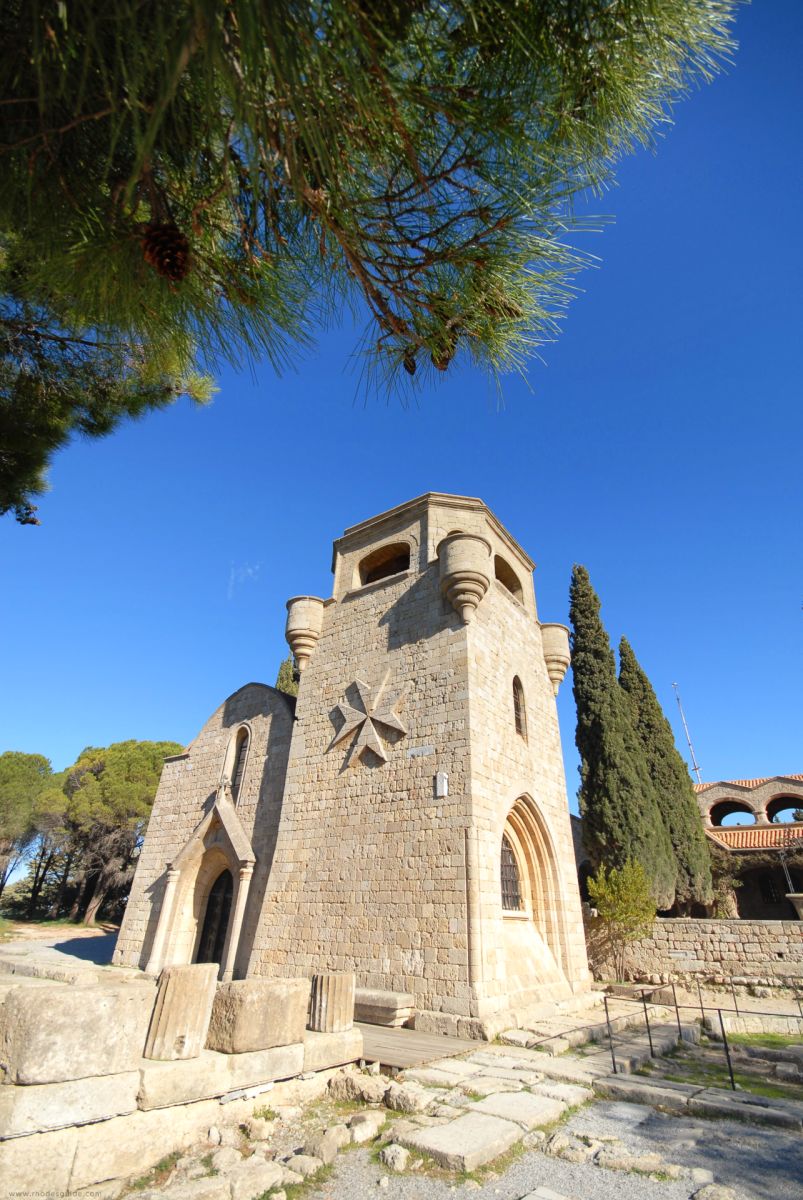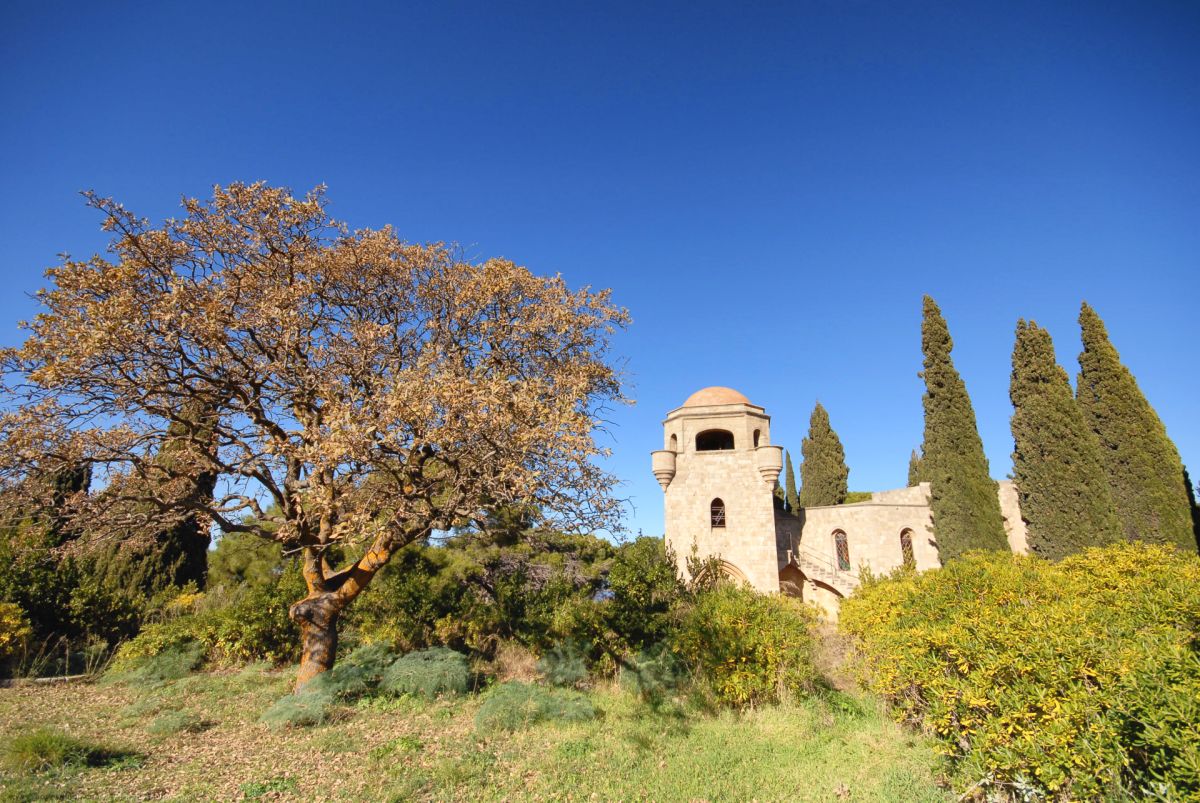Undoubtedly, the location of the castle and its enhanced fortresses enabled the Knights of the Era to facilitate and accommodate themselves while effectively protecting them from the attacks of their enemies.

The castle of Filerimos was constructed by the Byzantines in the 11th century. However, its construction entails the unfortunate event of extracting building material, such as marble and masonry, from the ancient temple of Athena, something that used to be a common practice of almost all the islands’ conquerors, from Byzantines to Italians, who used to destroy existing ancient and Hellenistic structures in order to satisfy their needs and preferences.

Click to load video: Filerimos Castle
By clicking here you consent to our privacy policy


During the Byzantine Era, the castle was mostly used as a summer residence for the aristocracy and the elite in general, but later it rather turned into a battlefield. Its location on the imposing hill of Filerimos, which enabled the sharp monitoring of a large and significant area of the western coastline of Rhodes, and thus, clear view of the sea and approaching enemy ships, made the castle the center of attention of the Knights of the Order of St. John.
When the knights came to the island, they realized the strategic position of the castle, and rushed to accommodate themselves and eventually engaged themselves in a battle against the Genoese in 1309, in the attempt to conquer the area. Later on, in 1522, the Ottoman ruler Suleiman the Magnificent, managed to take over the Dodecanese from the Knights. The castle of Filerimos was the very point where his massive army actually launched its attack to the island.

Throughout the 200 years of the Knights’ occupation, the island and its monuments, including the castle of Filerimos, had undergone major restoration work. Eventually though, and mostly after the Turks seize, the castle was left to abandonment and ruins, with the 5th century Byzantine monastery being the only building to have been fully restored by British and Greeks after the Second World War.
Location:
The castle of Filerimos is 20 km from Rhodes Town and a 5 km drive from the village of Ialyssos through a well sign-posted route.


 English
English
 Deutsch
Deutsch
 Ελληνικά
Ελληνικά